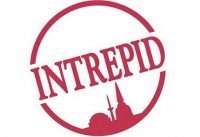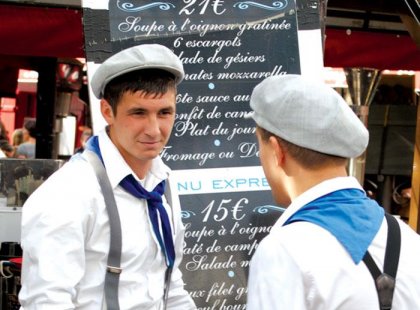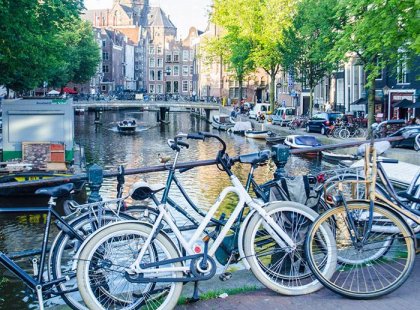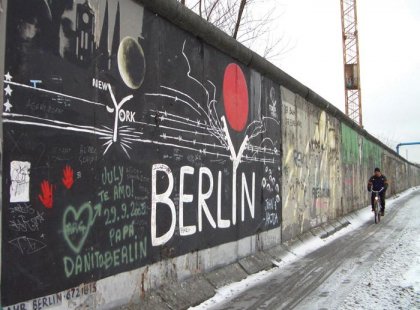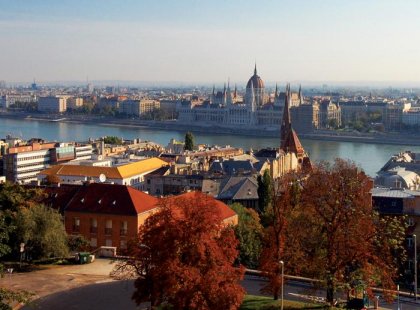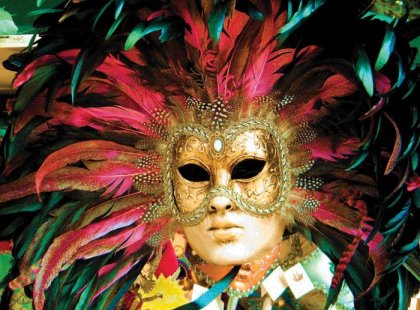Visit Spain, France, Belgium, Luxembourg, Germany, Poland, Czech Republic, Austria, Hungary, Slovenia and Italy. Discover European class and grandeur on this journey from Barcelona to Venice. Begin the adventure in Barcelona and wander among one of the largest concentrations of Gothic architecture in Europe. Cruise through France’s canvas-perfect Provence region, stopping to admire Avignon before continuing on to Paris. Taste chocolate and beer in Belgium and Luxembourg, and perhaps learn how to pair the two, discover why Amsterdam captures the hearts of all who visit, and uncover Germany’s fascinating capital – Berlin. Then take the long road through Bohemia as you traverse from Germany to Italy. From historical landmarks and medieval squares to magical hilltop castles and romantic canals, this is an architectural extravaganza not to be missed. Take the long road through Bohemia as you traverse from Germany to Italy. From historical landmarks and medieval squares to magical hilltop castles and romantic canals, this is an architectural extravaganza not to be missed. Wander among medieval Krakow, experience bohemian hospitality in an underground Prague bar and stroll the banks of the sparkling River Danube.
-
Duration: 29 daysService level: Basic
-
Starts in: BarcelonaPhysical Grading: Light
-
Ages: 15+
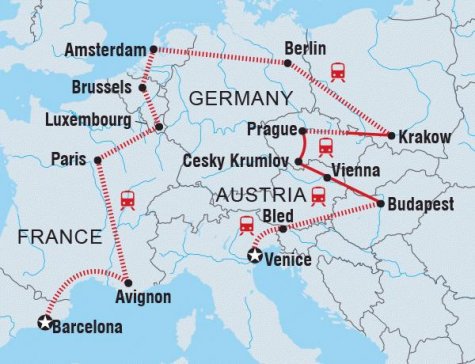
Itinerary
Start place: Barcelona
Notes: If you can't arrange a flight that will arrive in time, you may wish to arrive a day early so you're able to attend the meeting. We'll be happy to book additional accommodation for you (subject to availability).
Notes: To avoid queuing at the ticket windows of the Louvre you can buy your ticket in advance, but pre-sold tickets can't be collected at the Louvre. The ticket is valid every day except Tuesday (when the museum is closed) and certain bank holidays. Book your tickets at: louvre.fr.
The Reichstag, designed by British architect Norman Foster, holds a special and symbolic meaning outside of its role as the home of parliament. The great glass dome that crowns the building also offers sweeping views over Berlin. Make sure you book your visit early in the morning, as queues can snake around the building for hours on end. Wander through the the Brandenburg Gate and witness the crumbling remnants of the Berlin Wall that are scattered all over the city. Checkpoint Charlie and its museum overlook the former border checkpoint dividing East and West, explaining how the city came to be divided overnight and its attempts to escape from behind the Iron Curtain. Berlin is a haven for good food, with a mix of classic German, Bavarian and Italian influences. Consider spending an evening celebrating life as the locals do - at a bar, lounge, nightclub or embracing some live music.
As this is a combination trip, your group leader and the composition of your group may change at this location. There will be a group meeting to discuss the next stage of your itinerary and you're welcome to attend, as this is a great chance to meet your new fellow travellers.
Note: The Spanish Riding School doesn't operate throughout the summer months. You will need to book tickets in advance to see the performance of the Lipizzaners. Phone +43 (0)1 505 77 66 55 or e-mail info@viennaticketoffice.com to arrange tickets.
Inclusions
Included
- Budapest market visit and picnic
-
Transport
Train, Overnight sleeper train, Public bus, Private vehicle, Metro, Tram, Taxi -
Accommodation
Guesthouse (2 nights), Hostel (7 nights), Hotel (18 nights), Overnight sleeper train (1 night)
